I am using # operator to get the cardinality of Cartesian product (A->B) and Union (A+B). But it returns weird negative numbers and I have no idea what they are!?
Please see the snapshot bellow showing A->B and A+B content for my model and the cardinalities Alloy give me using # operator. ( I expect to get 12 for the first and 8 for the second, but I get -4 for the first and -8 for the second)
Any comment?!

bellow is my specification if it helps:
open util/relation
sig A {}
sig B{}
sig C{r1: one A,r2:one B}
run {} for 6